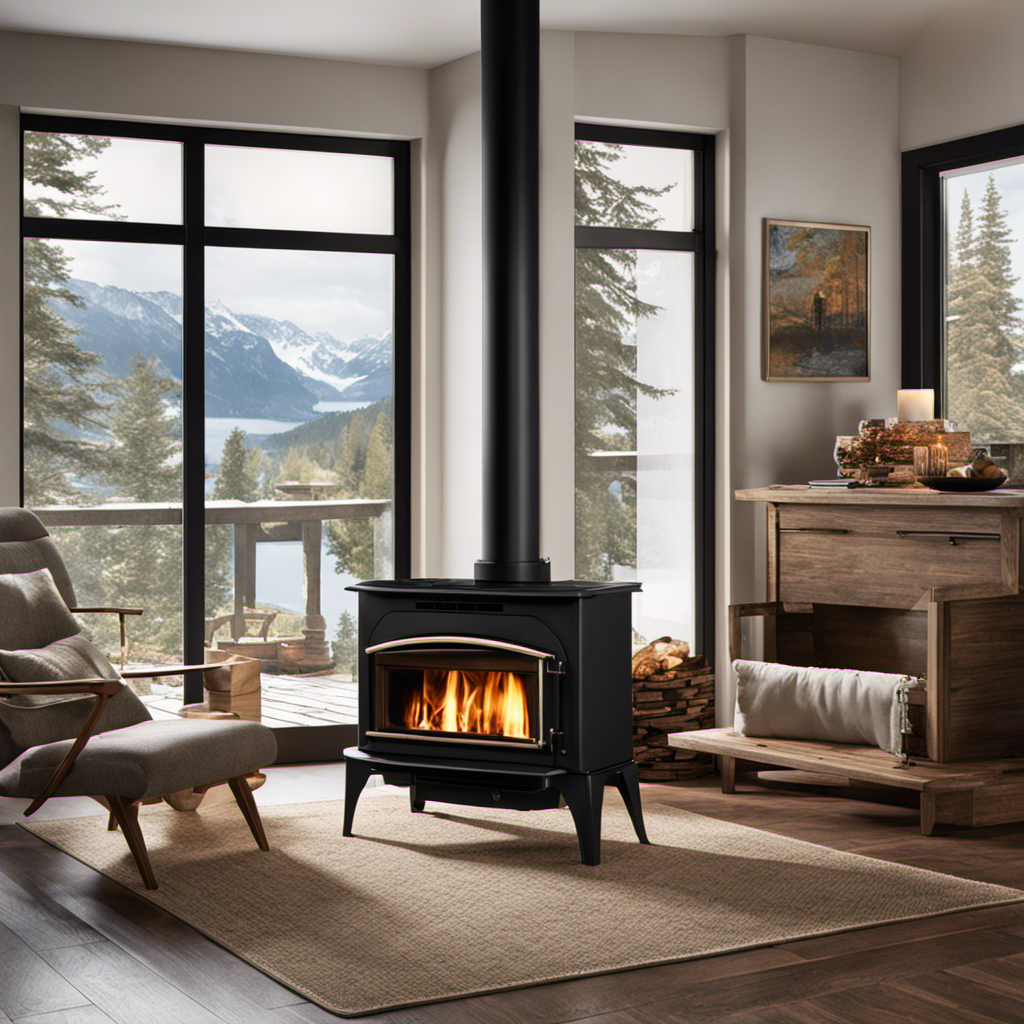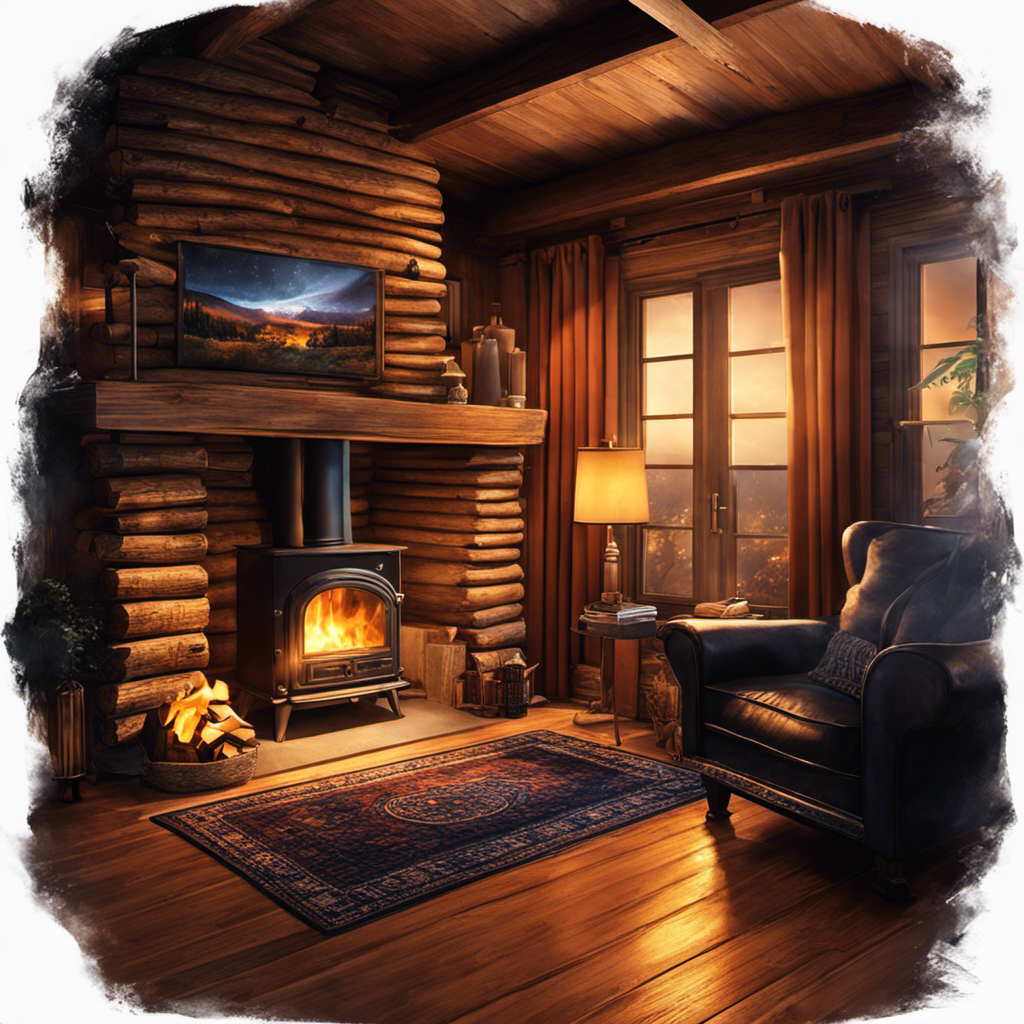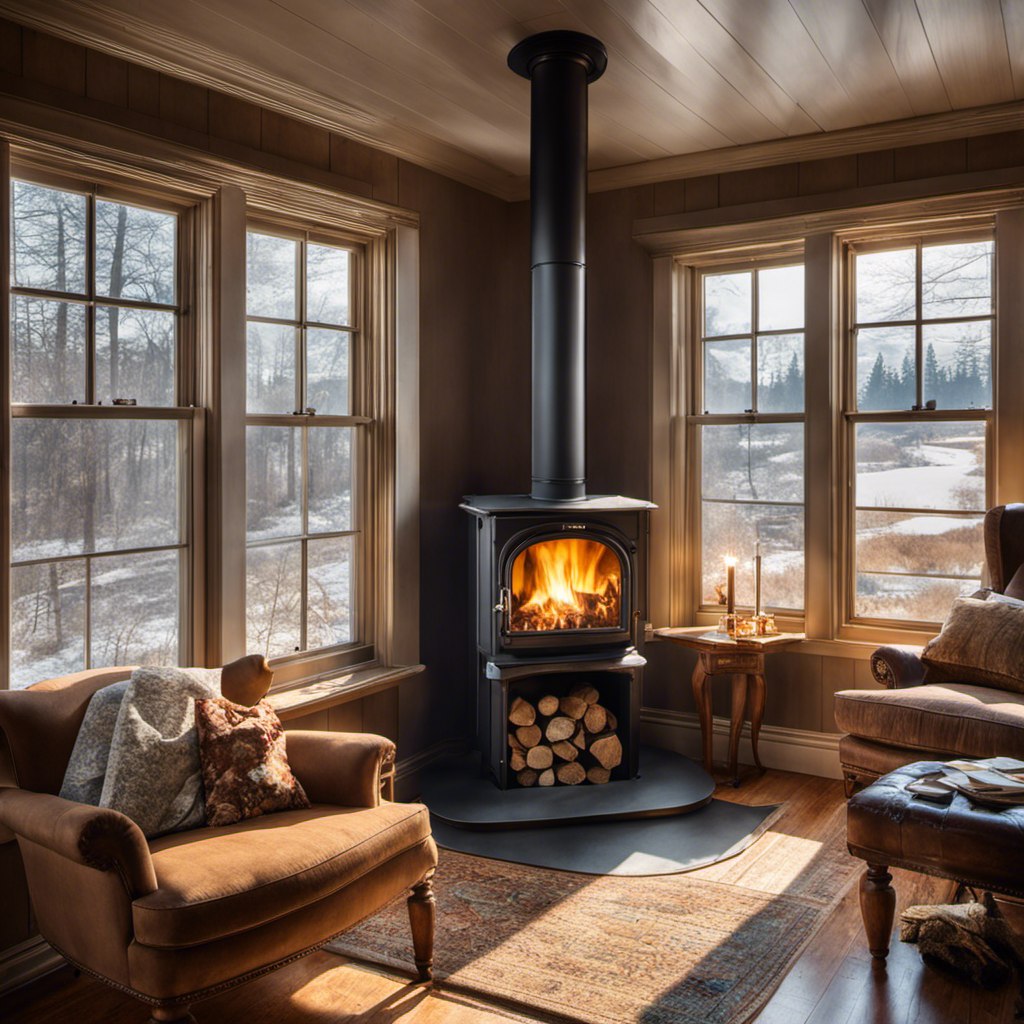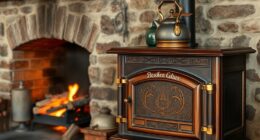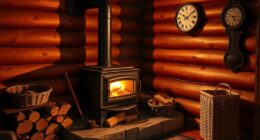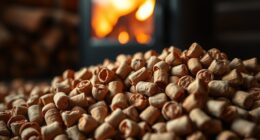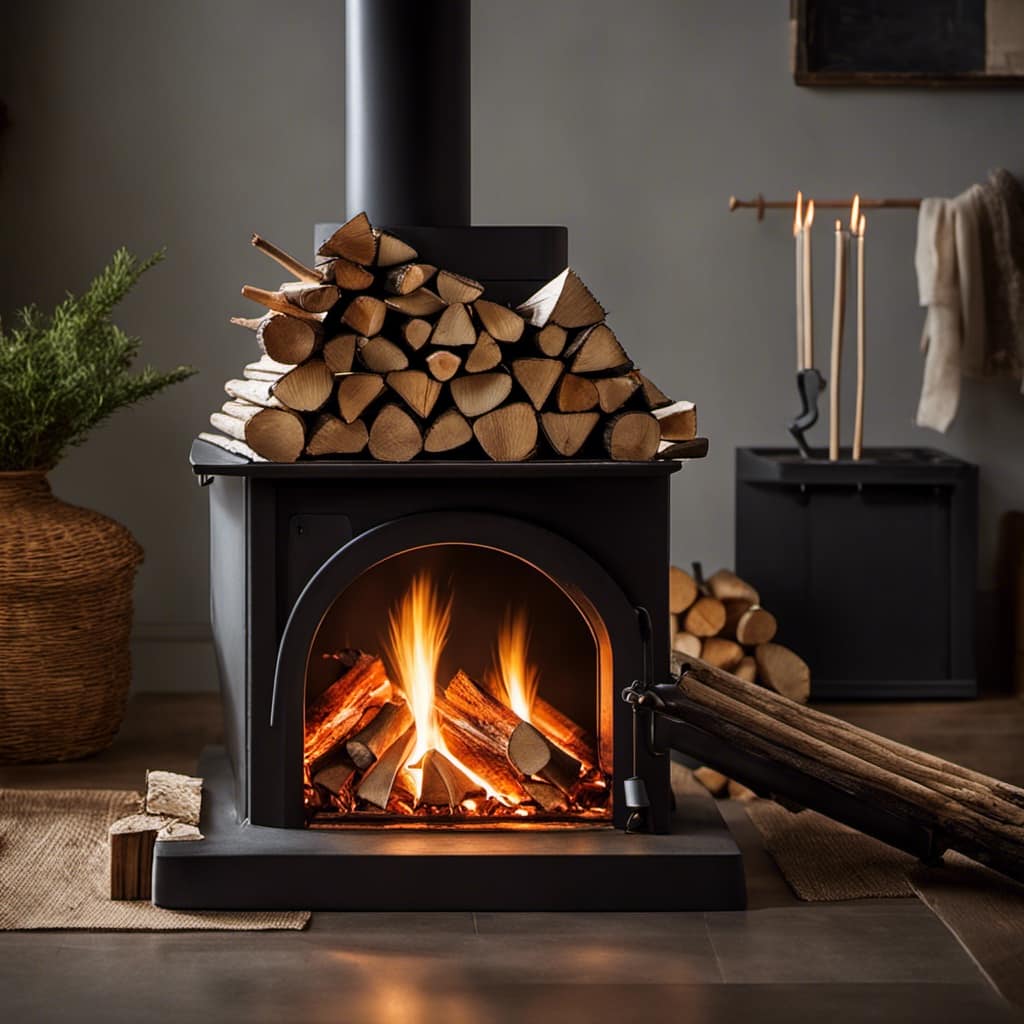
As I relax by the crackling fire on a cold evening, smoke starts to fill the air, creating a haze and causing my eyes to tear up.
It’s a frustrating and perplexing problem that many wood stove owners face: why does the smoke insist on seeping into our homes?
In this article, I will delve into the common culprits behind this issue, exploring possible blockages in the chimney, incorrectly installed flue pipes, damaged chimney caps, and more.
Join me as we uncover the secrets to a smoke-free wood stove experience.

Key Takeaways
- Regular chimney maintenance and cleaning by a professional chimney sweep is essential to prevent smoke infiltration.
- Proper installation and regular maintenance of flue pipes are crucial for preventing gas leaks and maintaining proper airflow.
- A damaged or missing chimney cap can lead to water damage, improper ventilation, and smoke infiltration.
- Insufficient draft in the wood stove can be caused by a blocked chimney or air leaks from damaged gaskets, and regular cleaning and inspection are necessary for proper ventilation.
Possible Blockages in the Chimney
I think there might be a blockage in my chimney causing the smoke to come inside the house.
Chimney blockages are a common issue that can lead to smoke infiltration. To prevent this, regular chimney maintenance is essential.
Firstly, it’s important to have your chimney inspected and cleaned annually by a professional chimney sweep. They’ll remove any creosote buildup or debris that could obstruct the chimney.
Secondly, ensure that the chimney cap is in good condition and properly installed. A damaged or missing cap can allow leaves, animals, or debris to enter the chimney and cause blockages.
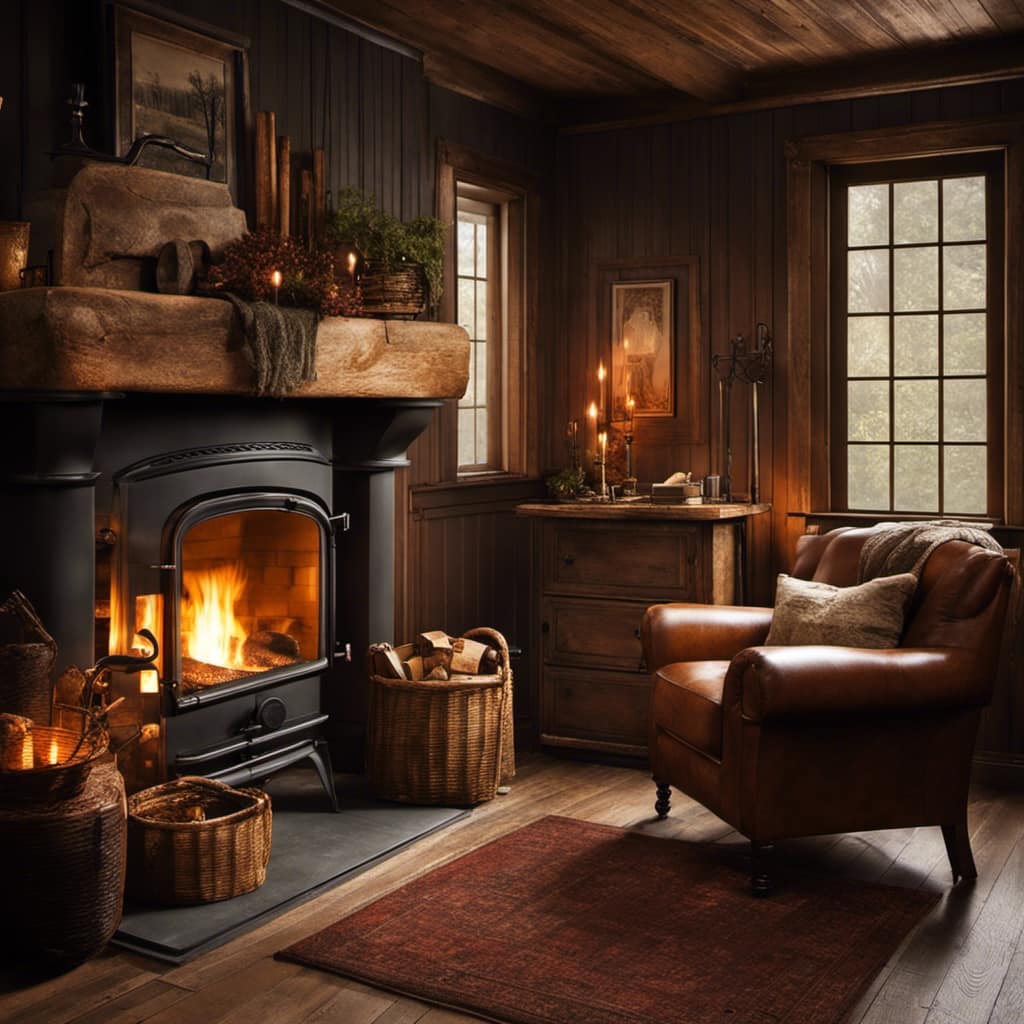
Additionally, be cautious of burning unseasoned or wet wood, as this can create excessive creosote buildup.
Incorrectly Installed Flue Pipe
Having an incorrectly installed flue pipe can lead to dangerous gas leaks and should be addressed immediately. Flue pipes play a crucial role in the safe operation of wood stoves, and proper maintenance is essential. Here are three important points to consider when it comes to flue pipe maintenance and troubleshooting wood stove smoke:
-
Proper Installation: Flue pipes must be installed correctly to ensure a tight seal and prevent any leaks. Improper installation can lead to smoke and gases escaping into your home, posing a serious health risk.
-
Regular Cleaning: Flue pipes can accumulate creosote, a highly flammable substance that can cause chimney fires. Regular cleaning is necessary to remove this buildup and maintain proper airflow.

-
Inspections: Regular inspections of the flue pipe are crucial to identify any signs of damage or deterioration. Look for cracks, holes, or loose connections, as these can compromise the efficiency and safety of your wood stove.
By addressing flue pipe maintenance and troubleshooting wood stove smoke, you can ensure a safer and more efficient heating experience.
Now, let’s move on to the next topic: damaged or missing chimney cap.
Damaged or Missing Chimney Cap
My wood stove is smoking inside the house because the chimney cap is damaged and needs to be replaced.
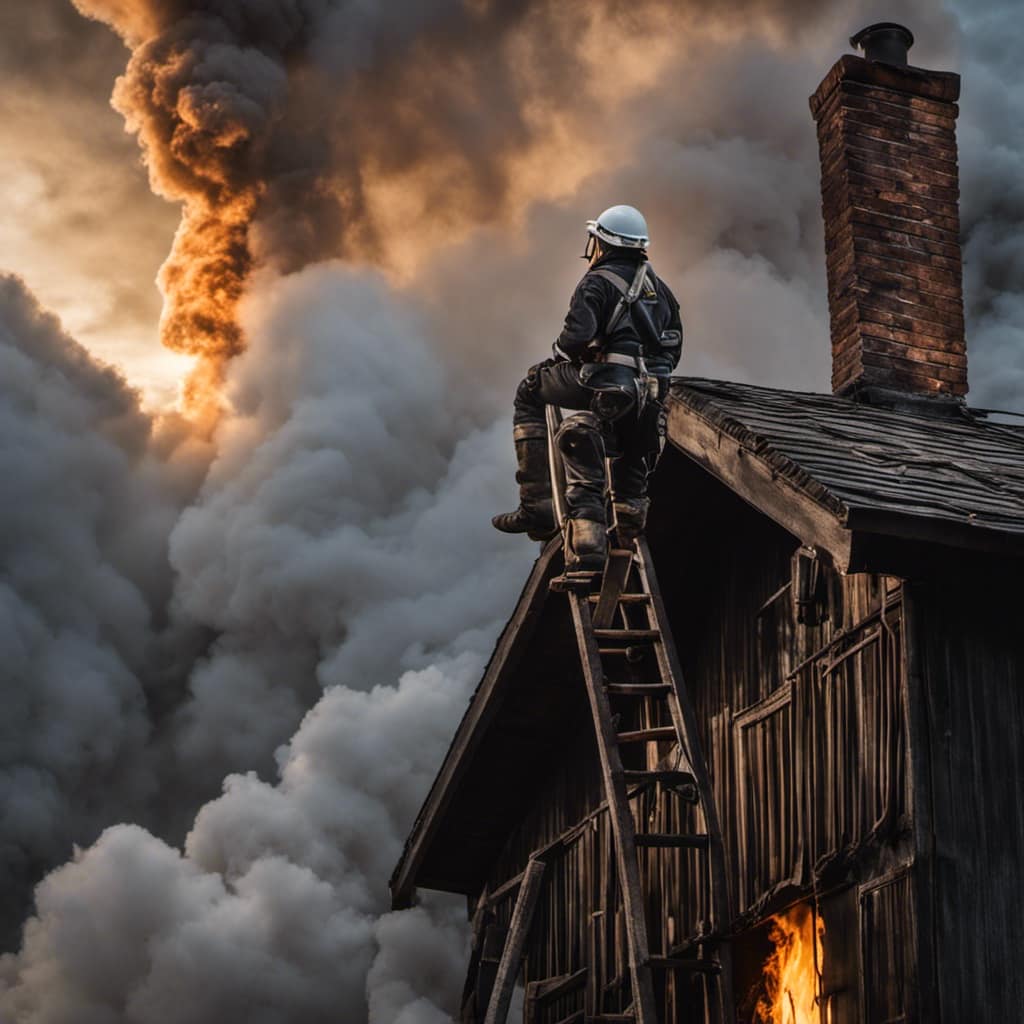
The chimney cap serves an essential purpose in preventing rain, debris, and animals from entering the chimney, while also creating proper draft and ventilation. When the chimney cap becomes damaged or missing, it can lead to a host of issues.
Firstly, a damaged chimney cap can allow water to enter the chimney, causing the liner to deteriorate over time. This can result in a damaged chimney liner, which may lead to further smoke leakage into the house.
Secondly, improper ventilation can occur when the chimney cap is damaged, causing a disruption in the airflow and resulting in smoke being pushed back into the house instead of being expelled outside.
Therefore, it’s crucial to replace a damaged chimney cap promptly to ensure proper functioning of the wood stove and maintain a safe and efficient heating system.
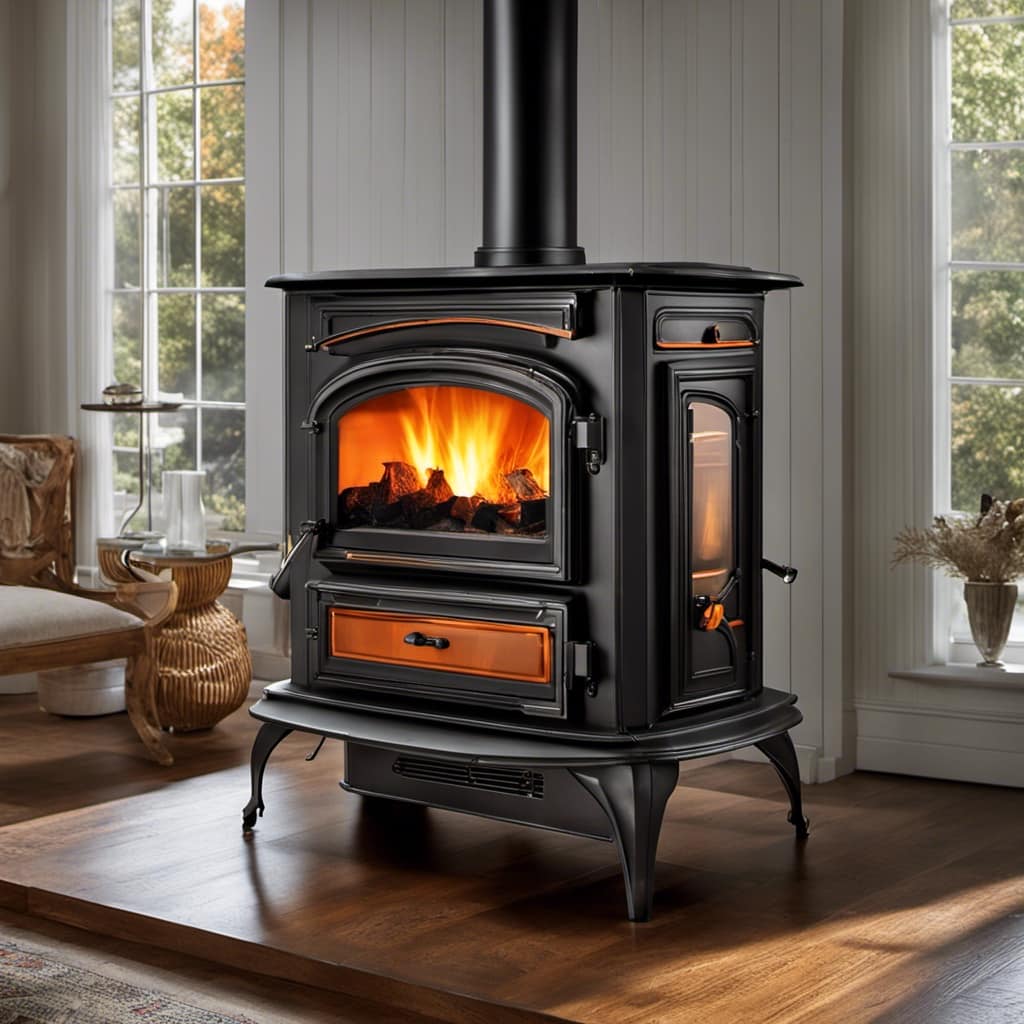
Insufficient Draft in the Wood Stove
There are several reasons why an insufficient draft in the wood stove can lead to smoke inside the house:
-
Blocked or dirty chimney: A clogged chimney restricts airflow, preventing the smoke from escaping. Regularly clean and inspect the chimney to ensure proper ventilation.
-
Damaged or worn-out gaskets: The gaskets around the stove’s doors and flue pipe can deteriorate over time, causing air leaks. These leaks disrupt the draft and allow smoke to seep into the house. Check and replace any worn-out gaskets.
-
Inadequate air supply: Insufficient combustion air leads to poor draft, resulting in smoke backdrafting into the house. Make sure the air vents are open and unobstructed to allow enough oxygen for efficient burning.
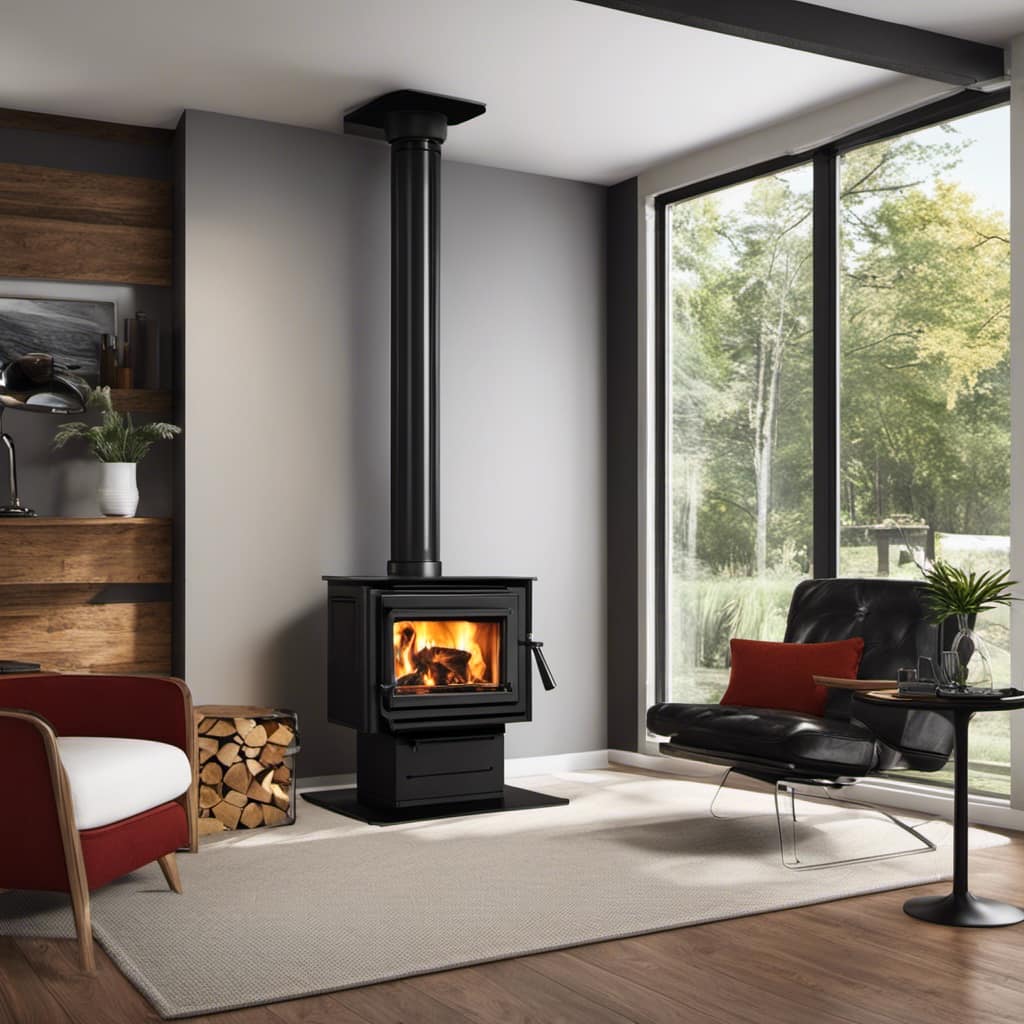
To troubleshoot an insufficient draft, it’s important to regularly maintain your wood stove by cleaning the chimney, replacing worn-out gaskets, and ensuring proper airflow. Failure to address these issues can lead to a buildup of smoke inside your home.
However, even with a properly functioning stove, poor quality or wet firewood can also contribute to smoke issues, which we’ll discuss in the next section.
Poor Quality or Wet Firewood
I can’t burn poor quality firewood or wet firewood in my wood stove, as it will produce more smoke and affect the air quality in my home. To ensure efficient and clean burning, it is important to properly store and dry firewood before use. Here are some firewood storage tips and drying methods that can help:
| Firewood Storage Tips | Drying Firewood Methods |
|---|---|
| 1. Store firewood in a well-ventilated area away from the ground to prevent moisture absorption. | 1. Split firewood into smaller pieces to increase surface area for faster drying. |
| 2. Use a firewood rack or platform to keep the wood off the ground and allow for airflow. | 2. Place firewood in a sunny and windy location to expedite the drying process. |
| 3. Stack firewood loosely to promote air circulation and prevent the growth of mold and fungi. | 3. Cover the top of the woodpile to protect it from rain or snow while still allowing airflow. |
| 4. Keep firewood at least 30 feet away from your home to minimize the risk of pests. | 4. Allow firewood to dry for at least 6-12 months before using it for optimal burning efficiency. |
Frequently Asked Questions
How Often Should I Clean My Chimney to Prevent Blockages?
I should inspect my chimney for damage at least once a year to prevent blockages. A blocked chimney can lead to carbon monoxide poisoning and chimney fires, posing serious dangers to my home and family.
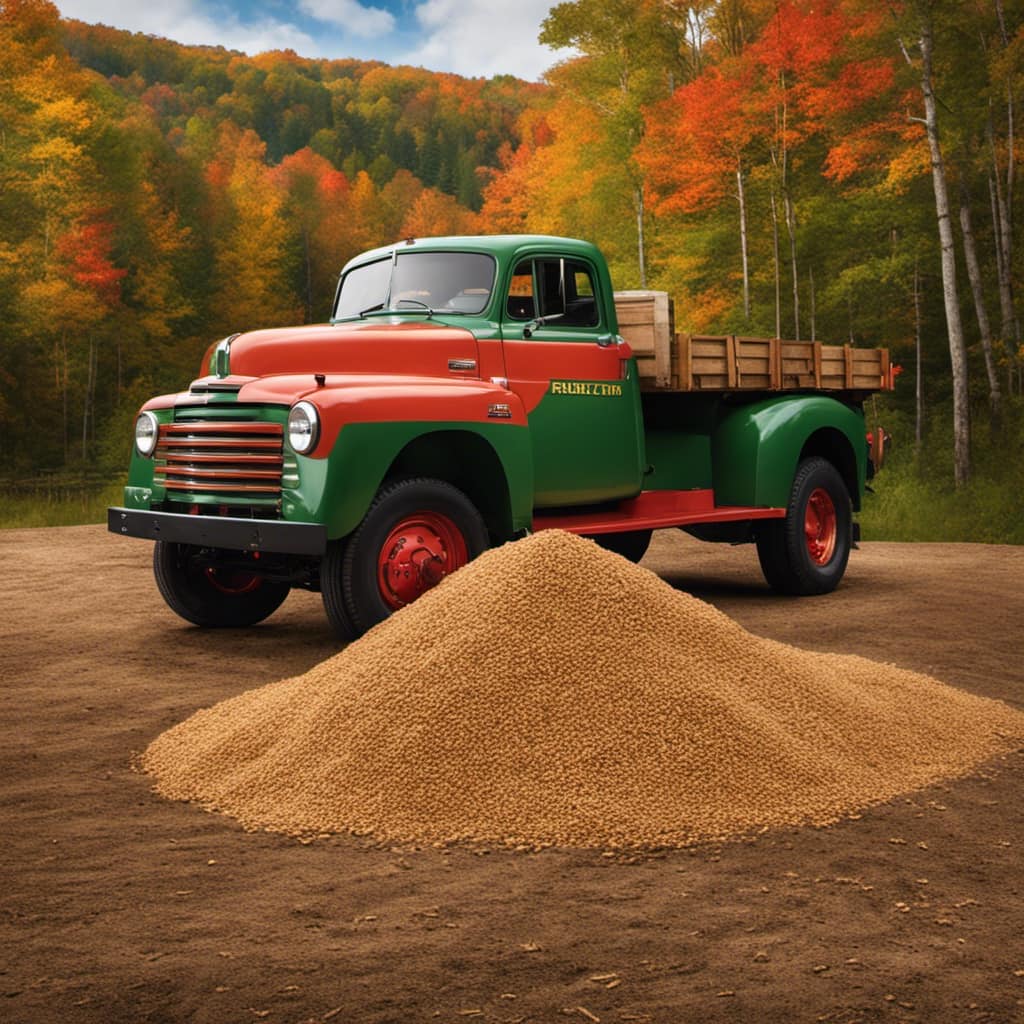
Can a Damaged Flue Pipe Cause Smoke to Enter the House?
A damaged flue pipe can definitely cause smoke to enter the house. It’s important to regularly inspect and maintain the flue system to ensure proper ventilation and prevent any potential smoke hazards.
What Are the Signs of a Missing or Damaged Chimney Cap?
When a chimney cap is missing or damaged, there are certain signs to look for, such as debris or animals entering the chimney. To prevent blockages, regular inspections and maintenance are crucial.
How Can I Improve the Draft in My Wood Stove?
To prevent smoke from entering the house and troubleshoot common wood stove draft issues, there are several ways to improve the draft. These include adjusting the damper, checking for blockages, and ensuring proper chimney height.
How Can I Tell if My Firewood Is of Good Quality and Properly Seasoned?
To store firewood properly, keep it off the ground and covered to prevent moisture absorption. Signs of unseasoned firewood include high moisture content, a strong green smell, and difficulty in igniting and sustaining a fire.
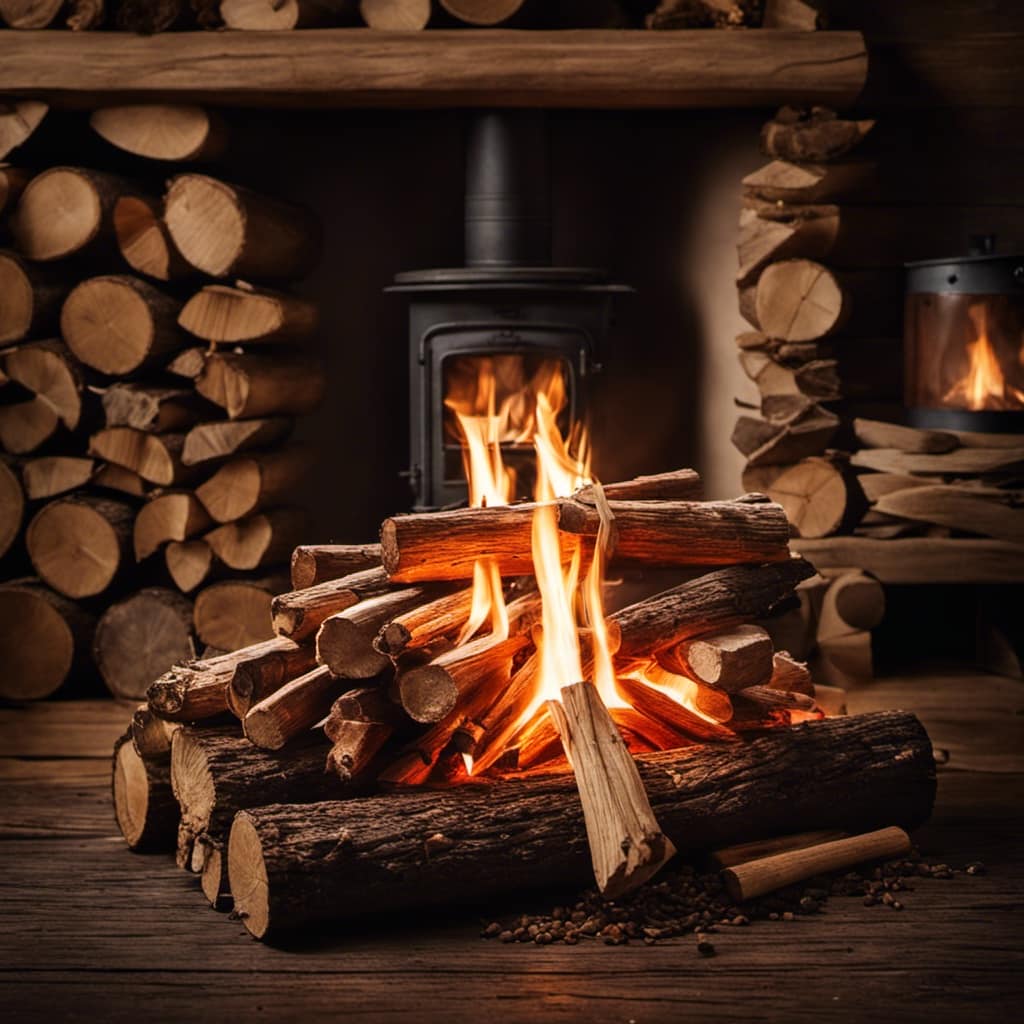
Conclusion
In conclusion, if you’re experiencing smoke inside your house from your wood stove, it’s important to consider possible blockages in the chimney, an incorrectly installed flue pipe, a damaged or missing chimney cap, insufficient draft in the wood stove, and poor quality or wet firewood.
However, don’t worry! By addressing these issues and ensuring proper maintenance, you can enjoy a smoke-free and cozy atmosphere in your home.
Growing up surrounded by the vast beauty of nature, Sierra was always drawn to the call of the wild. While others sought the comfort of the familiar, she ventured out, embracing the unpredictable and finding stories in the heartbeat of nature.
At the epicenter of every remarkable venture lies a dynamic team—a fusion of diverse talents, visions, and passions. The essence of Best Small Wood Stoves is crafted and refined by such a trio: Sierra, Logan, and Terra. Their collective expertise has transformed the platform into a leading authority on small wood stoves, radiating warmth and knowledge in equal measure.





